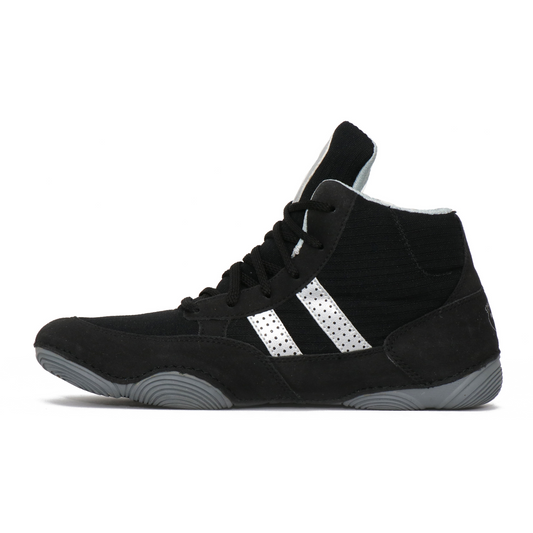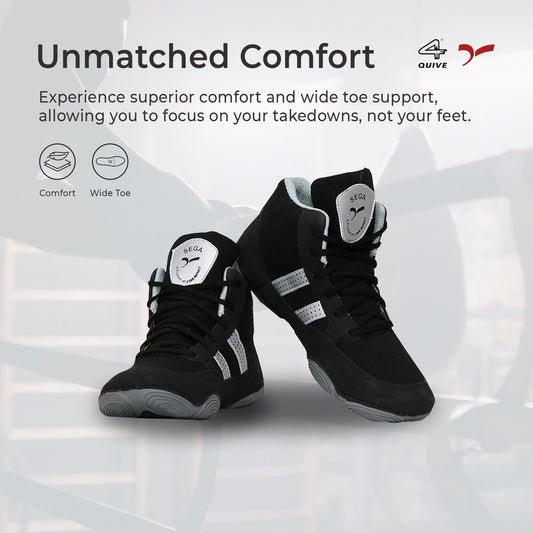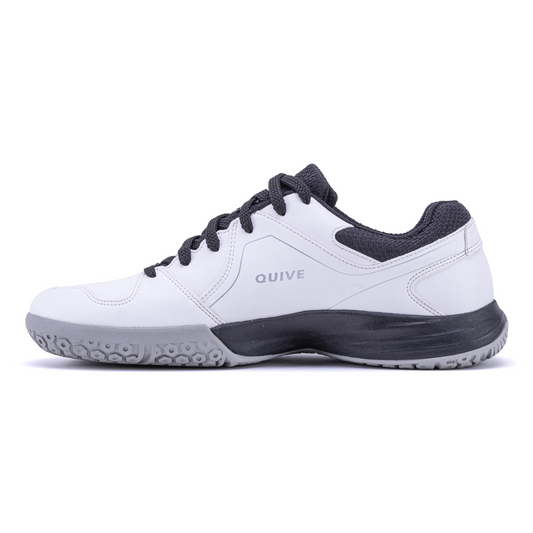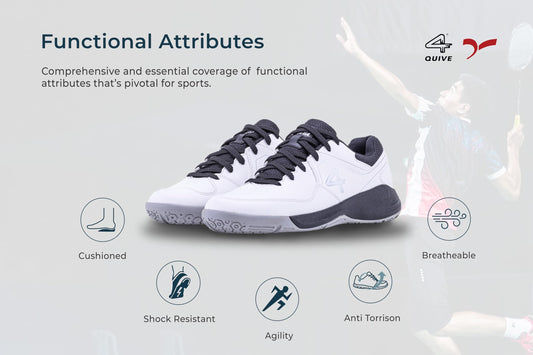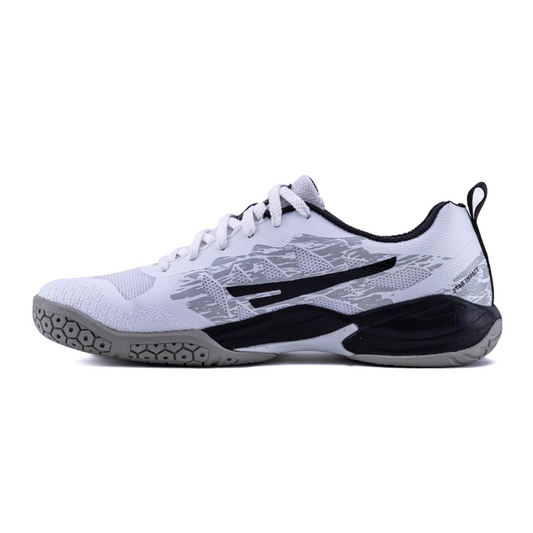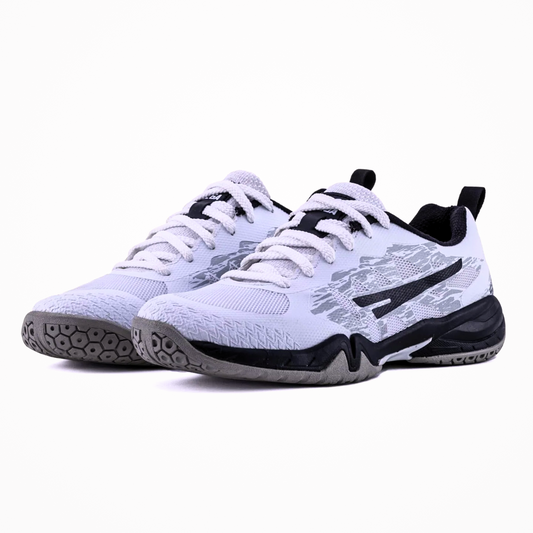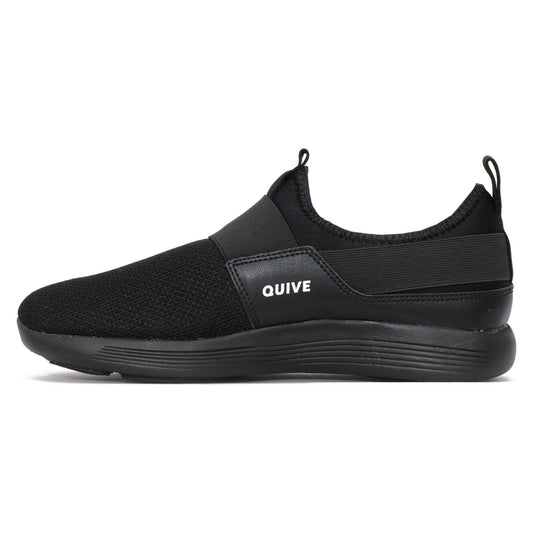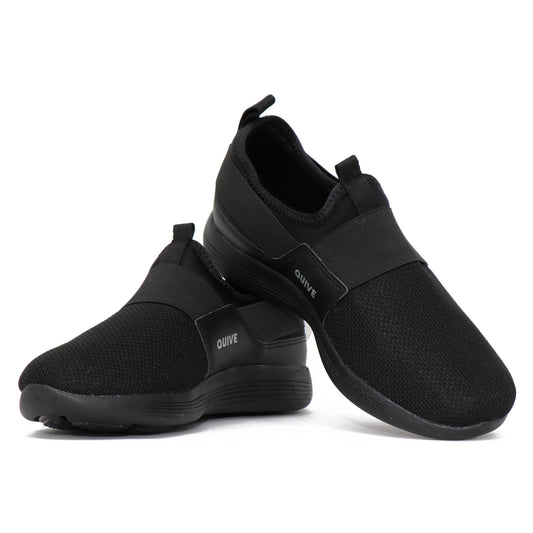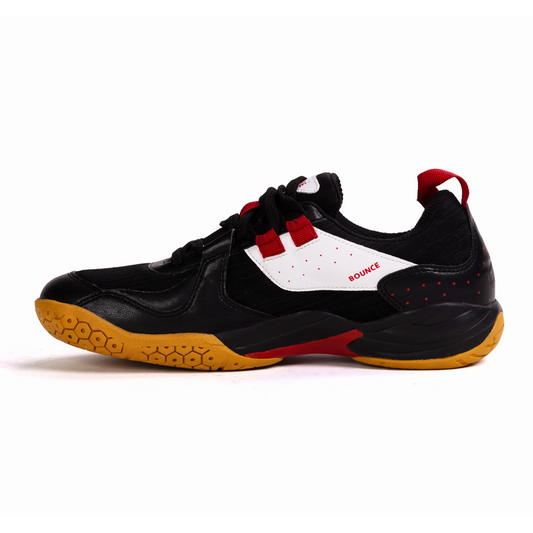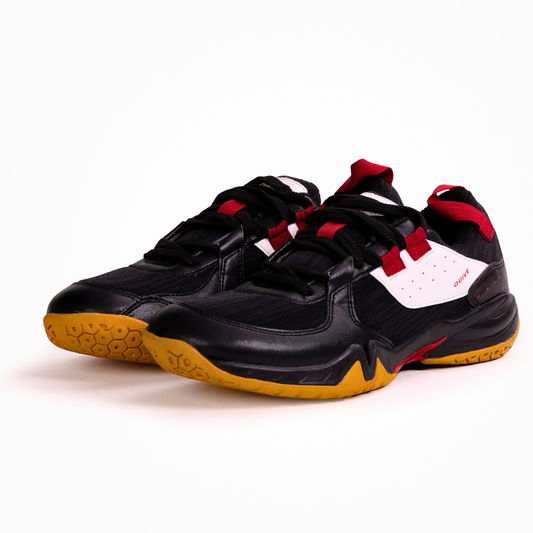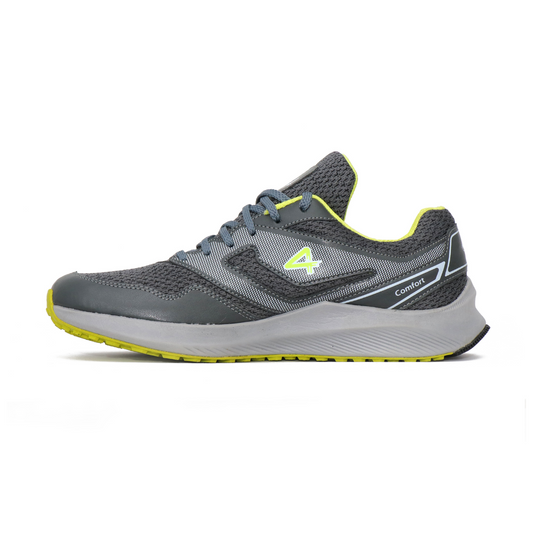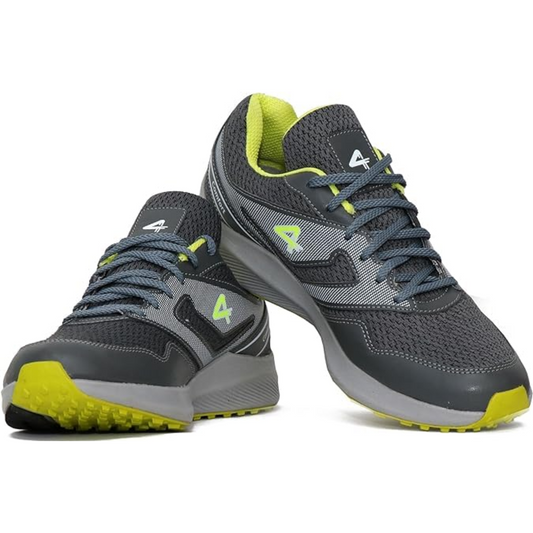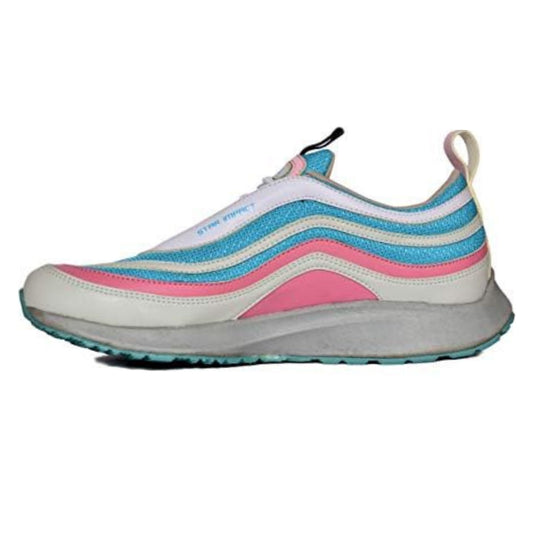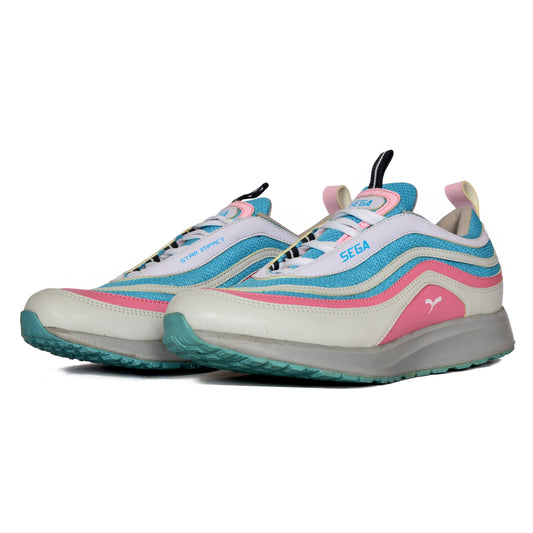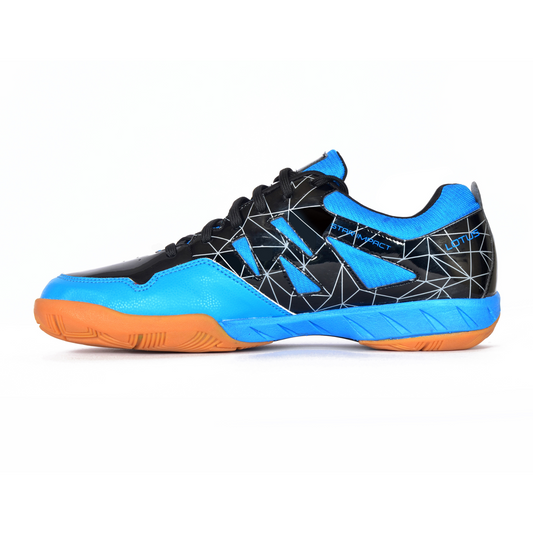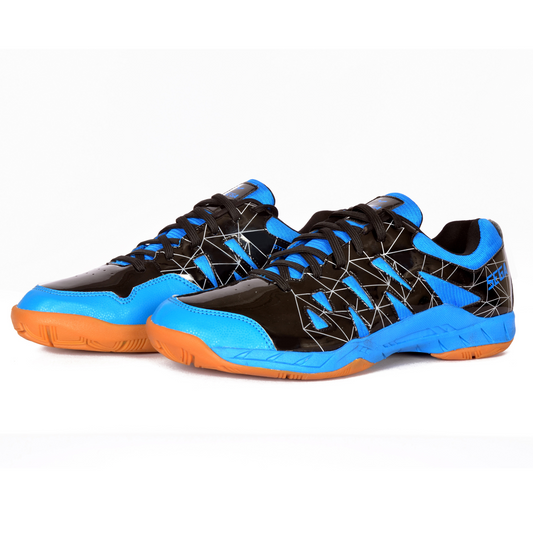Frequently Asked Questions
Are running shoes good for walking?
Yes, running shoes are generally good for walking because they offer excellent cushioning and support for long distances and hard surfaces, which can be more beneficial than dedicated walking shoes. While running shoes are designed for higher impact and forward propulsion, their advanced shock absorption and stability features make them comfortable and effective for the lower-impact motion of walking. However, the increased stability and cushioning of some running shoes, particularly those with a rocker sole or very thick cushioning, can sometimes interfere with a natural walking stride, so it's essential to choose a comfortable pair.
Are running shoes good for gym?
No, running shoes are generally not ideal for the gym, especially for activities involving lateral movement or heavy lifting, because their design prioritizes forward motion, providing insufficient multi-directional support and stability. While running shoes offer great cushioning for long-distance running, they lack the firm, stable platform needed to support your body during dynamic gym movements or heavy lifts, increasing the risk of injury. For diverse gym workouts, a cross-training or training shoe is a better choice, as they are built to stabilize feet and ankles for a wider range of movements.
Are running shoes good for hiking?
Running shoes are suitable for hiking on easy, well-maintained trails, but trail running shoes offer better traction and durability for more challenging terrains, while traditional hiking boots provide superior ankle support and protection for technical or long-distance hikes. Factors like terrain type, weather conditions, and the distance of the hike should determine if running shoes are adequate or if specialized hiking footwear is necessary.
Can running shoes be used for gym?
Yes, you can use running shoes for gym workouts that primarily involve cardio, such as treadmill runs, walking, and bodyweight exercises, but they are not recommended for heavy weightlifting or activities with significant lateral movement due to insufficient stability and support. Running shoes' soft, cushioned soles are designed for forward motion and can compromise stability and increase injury risk during strength training or quick side-to-side movements.
How running shoes should fit?
Running shoes should fit snugly in the midfoot and heel but provide about a thumb's width of space between your longest toe and the end of the shoe to allow for swelling and foot movement. You should be able to wiggle your toes freely, and your feet should not slide around when you run. To ensure a proper fit, try on shoes with your regular running socks and custom orthotics, and do this later in the day when your feet are naturally more swollen.
How running shoes look like?
Running shoes have a thick, cushioned midsole for shock absorption, a lightweight design, an outsole with good traction for forward motion, and features like arch support and stability for injury prevention, all designed to provide support and comfort during intense activity.
What running shoes should I buy?
At QUIVE, we offer a range of running shoes to suit different needs across the UK. For everyday comfort and light jogging, the Quive Black Walking and Running Trainers are a great choice. If you want versatile cushioning for both gym sessions and road runs, the Sega Comfort R7 Sneaker is ideal, while the SEGA T30 Women’s Road Running Shoes are perfect for women looking for reliable support on longer runs. Whatever your style, our QUIVE running shoes deliver comfort, performance, and durability. Other brands offers Puma Fast-R Nitro Elite 3, Adidas Adizero Evo SL.
Which running shoes are best for me?
If you do short runs or walk-run combos, the Quive Black Walking and Running Trainers will give you comfort with lightweight support. For regular workouts with running + gym sessions, the Sega Comfort R7 Sneaker is a strong all-rounder, it gives better cushioning and stiffness for road running. If you are a woman who runs often on harder surfaces, the SEGA T30 Women Road Running Shoes are tailored for better fit, support, and durability. Nike Vomero 18, Hoka Bondi 9, Adidas Adizero Adios Pro 4 are other good choice options too.
Are athletic shoes slip resistant
Not all athletic shoes are designed to be slip-resistant. however, specialized athletic shoes, particularly those intended for work environments, often feature specific anti-slip outsoles with multidirectional tread patterns designed to enhance grip on various surfaces, such as gym floors, trails, or wet and oily conditions. While regular athletic shoes may offer good traction for their intended use (like running or sports), they are not necessarily designed for the extreme conditions
Are athletic shoes non slip
Not all athletic shoes are non-slip; whether a shoe is slip-resistant depends on its sole design, tread pattern, and materials, not just the fact that it's an athletic shoe. While some athletic sneakers are engineered for traction with specialized outsoles and treads for activities like running and training, many standard running shoes are not inherently slip-resistant. To ensure a shoe has non-slip features, you should look for specific product descriptions that indicate slip resistance or a tread pattern designed to provide grip and disperse liquids.
Are athletic shoes good for running
Yes, if the 'athletic shoes' are specifically designed for running, as opposed to other sports like training or basketball, they will provide the necessary cushioning, support, and shock absorption for a safe and comfortable run. It's important to choose the right type of athletic shoe for the specific activity, as shoes designed for other sports may not be suitable for running
Are athletic shoes business casual
No, most athletic shoes are not business casual, but sleek, minimalist sneakers in premium materials like leather or suede can be appropriate for business casual attire, depending on your workplace's dress code. To make them acceptable, choose simple, solid-colored designs over bulky or brightly colored athletic styles and pair them with tailored clothing like chinos, blazers, and smart trousers.
Can athletic shoes be machine washed?
It’s best to hand wash only using mild soap, lukewarm water, and a soft brush to maintain their shape, materials, and durability.
Can athletic shoes be stretched?
Yes, athletic shoes can be stretched, especially in width, using methods like wearing them with thick socks, dampening them with water or a stretching spray, or using a specialized shoe stretcher or ice-filled bags for overnight stretching. The material of the shoe, such as natural canvas or leather, will affect how well it stretches, while rigid synthetic materials are harder to stretch. Length is generally more difficult to stretch than width.
How to wash athletic shoes?
Our athletic shoes are built for durability and performance, and to keep them in top condition, we recommend hand washing only. Start by removing the laces and insoles, then gently scrub the shoes with a soft brush or cloth using lukewarm water and mild detergent. Avoid soaking or using a washing machine, as it can damage the structure and materials. Once cleaned, let them air dry naturally away from direct sunlight or heat to maintain their shape and quality.
How athletic shoes are made?
Athletic shoes are made by first preparing materials by cutting and shaping them for the upper, midsole, and outsole, then stitching or bonding the parts together using specialized machinery and industrial adhesives. The shoe's upper is heated and stretched around a plastic foot-shaped mold (a last) to give it its final form. Finally, the sole is attached, details like logos are added, and the shoes undergo a final inspection and are packed for shipping
What athletic shoes are in style?
Our products bring both style and performance together. The Quive Black Walking and Running Trainers offer a sleek everyday look with comfort for walking or running, the QUIVE SEGA ASTON AR 7 Metal Spikes are built for speed and grip in athletics, and the Sega Comfort R7 Sneaker delivers a lightweight, trendy option for running, gym, or casual wear, keeping you stylish and ready for any activity.
Where to buy athletic shoes near me?
If you’re in the UK and searching for athletic shoes near you, our Shopify store has you covered with fast delivery across the country. From the Quive Black Walking and Running Trainers for everyday comfort, to the QUIVE SEGA ASTON AR 7 Metal Spikes for track performance, and the Sega Comfort R7 Sneaker for running and gym sessions, our collection combines style, support, and durability, all delivered straight to your doorstep anywhere in the UK. Some famous online websites that offers athletic shoes include Decathlon, SportsDirect, JDSports and popular brands Nike, Adidas, ASICS.
Which athletic shoes have the most cushioning?
In our collection, the Sega Comfort R7 Sneaker Lightweight Running and Gym Trainers offers the most cushioning, making it ideal for runners and fitness enthusiasts who want extra comfort and support during long sessions. While the Quive Black Walking and Running Trainers also provide a soft, lightweight feel for everyday use, the Sega Comfort R7 is specially designed to maximize shock absorption and keep your feet comfortable through extended wear.
Why are athletic shoes called tennis shoes?
Athletic shoes are called "tennis shoes" because they were first developed and marketed in the late 1800s for playing tennis. These early shoes featured canvas uppers and rubber soles, offering better traction and flexibility than traditional leather shoes for the quick movements on a tennis court. The name became a common term, especially in parts of the United States, for general athletic shoes even when they were not used for tennis.

